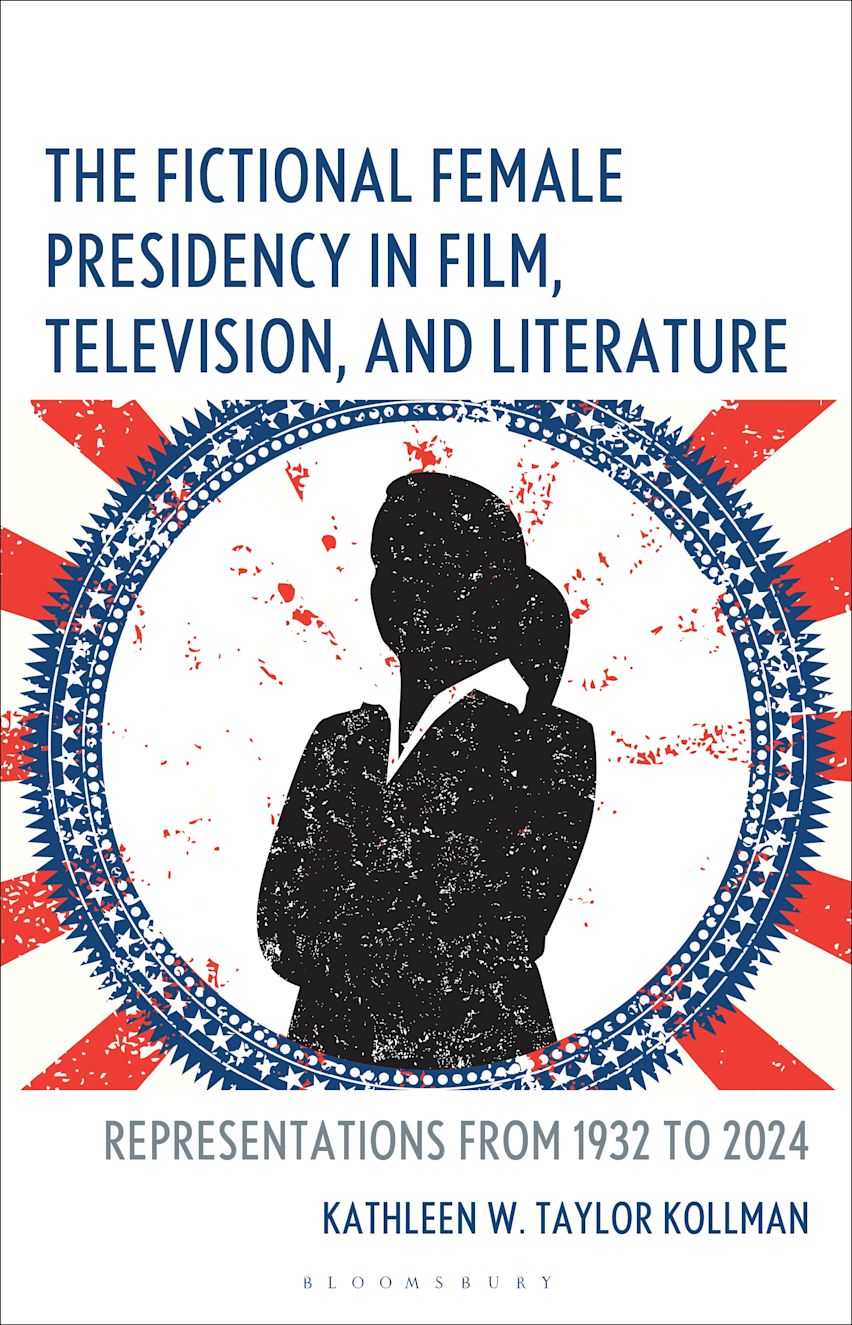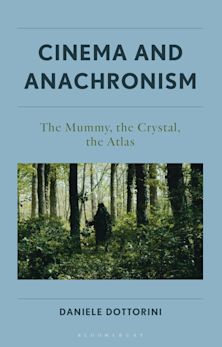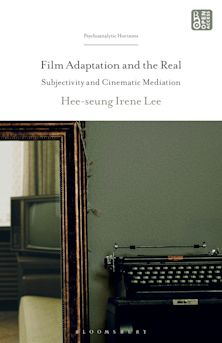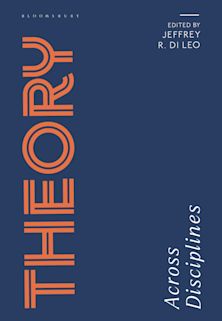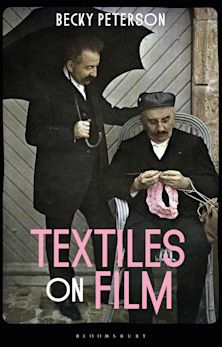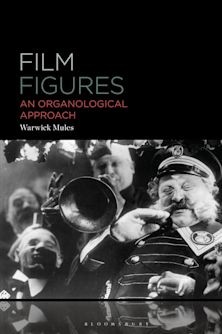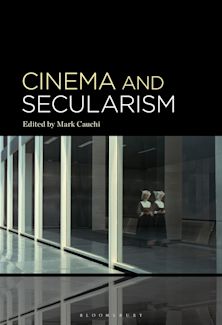- Home
- ACADEMIC
- Film & Media
- Film Theory
- The Fictional Female Presidency in Film, Television, and Literature
The Fictional Female Presidency in Film, Television, and Literature
Representations from 1932 to 2024
The Fictional Female Presidency in Film, Television, and Literature
Representations from 1932 to 2024
Payment for this pre-order will be taken when the item becomes available
- Delivery and returns info
-
Free US delivery on orders $35 or over
You must sign in to add this item to your wishlist. Please sign in or create an account
Description
This book examines the ways in which popular culture has entertained the notion of a female U.S. presidency through portrayals in film, television, and literature dating back to the 1930s.
To date, no woman has served as Commander in Chief in the White House. This lack of precedent, however, has not deterred the continued exploration of this idea in U.S. popular culture for decades. In this book, Kathleen W. Taylor Kollman analyzes fictionalized portrayals of female U.S. Presidents across a variety of media, spanning both genre and time period, to demonstrate how the perceptions of audiences and content creators have shifted when considering the idea of a woman's ability to run the United States. She then contextualizes each example by positioning it alongside real-life women in politics to examine the accuracy of existing portrayals when compared to the media framing of aspiring political candidates.
By analyzing works diverse in genre, including science fiction dystopias, slapstick comedias, political dramas, satire, and romance novels, Kollman also explores the ways in which genre can also play a critical factor in the framing of these women with regard to both subject matter and approach. Scholars interested in parasocial relationships, the history of feminist movements, the intersection of political and media audiences, and popular media trends will find this book particularly compelling.
Table of Contents
Acknowledgements
Preface
Introduction
A Note on Language Usage
1. 1930-1959
2. The 1960s
3. The 1970s
4. The 1980s
5. The 1990s
6. The Twenty-First Century
Conclusion
Bibliography
About the Author
Index
Product details

| Published | Dec 11 2025 |
|---|---|
| Format | Hardback |
| Edition | 1st |
| Extent | 248 |
| ISBN | 9781666906622 |
| Imprint | Bloomsbury Academic |
| Dimensions | 9 x 6 inches |
| Publisher | Bloomsbury Publishing |
About the contributors
Reviews
-
As if countering social realities, fictional female presidents of the United Stated filled popular culture throughout the twentieth century and flourished in the twenty-first, appearing in films, novels, television series, and more. Kathleen Taylor Kollman deftly analyzes and contextualizes pivotal examples to shed new light on evolving gender and power dynamics in American society. Rich in detail and insight, the book is a must read for anyone interested in political history, questions of representation, or social factors that have kept female presidents out of the White House.
Cynthia Baron, Professor of Film, Bowling Green State University, USA
-
The Fictional Female Presidency in Film, Television, and Literature: Representations from 1932 to 2024 is a real tour de force. Kathleen Taylor Kollman weaves together theoretical frameworks from a host of different disciplines (media studies, film studies, feminist studies, political science, American studies, and cultural studies) to analyze the concept of female presidents in the United States. Tracing this idea from the early days of suffrage in the 1930s through to contemporary elections, The Fictional Female Presidency in Film, Television, and Literatures guides the reader through literary, televisual, and cinematic representations of women either running for or holding office as president. But this work is not limited to the fictional images of this idea; instead, the book toggles between fictional presentations and the political dynamics at play at the time. Thus, the reader gets an understanding of suffrage, the waves of feminism, questions of backlash, and partisan engagement all while considering how different era approached this still novel concept of a female president. This is an important contribution to our thinking about the role of gender representation, the real-world impacts of fictional narratives, and considerations of power in American politics.
Lilly J. Goren, co-editor of Women and the White House: Gender, Popular Culture, and Presidential Politics and Professor of Political Science, Carroll University, USA
-
Deft and compelling in its approach to fictional media as well as late twentieth and twenty-first century American political realities, Kollman's book promises to encourage ongoing conversation around a question that has vexed feminists, cultural studies scholars, and political theorists for decades now: Why does it continue to be so difficult for a woman to be elected as President of the United States?
Kimberly Coates, Associate Professor of English and American Culture Studies, Bowling Green State University, USA










